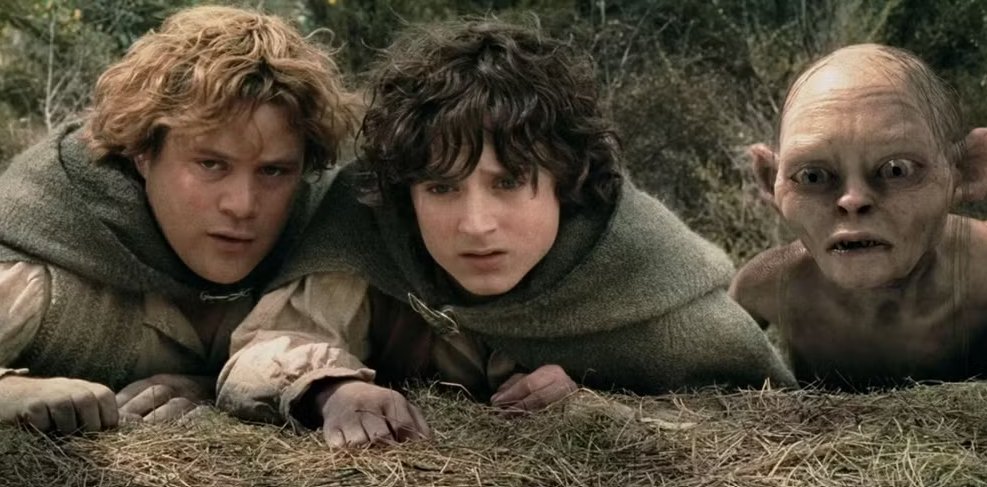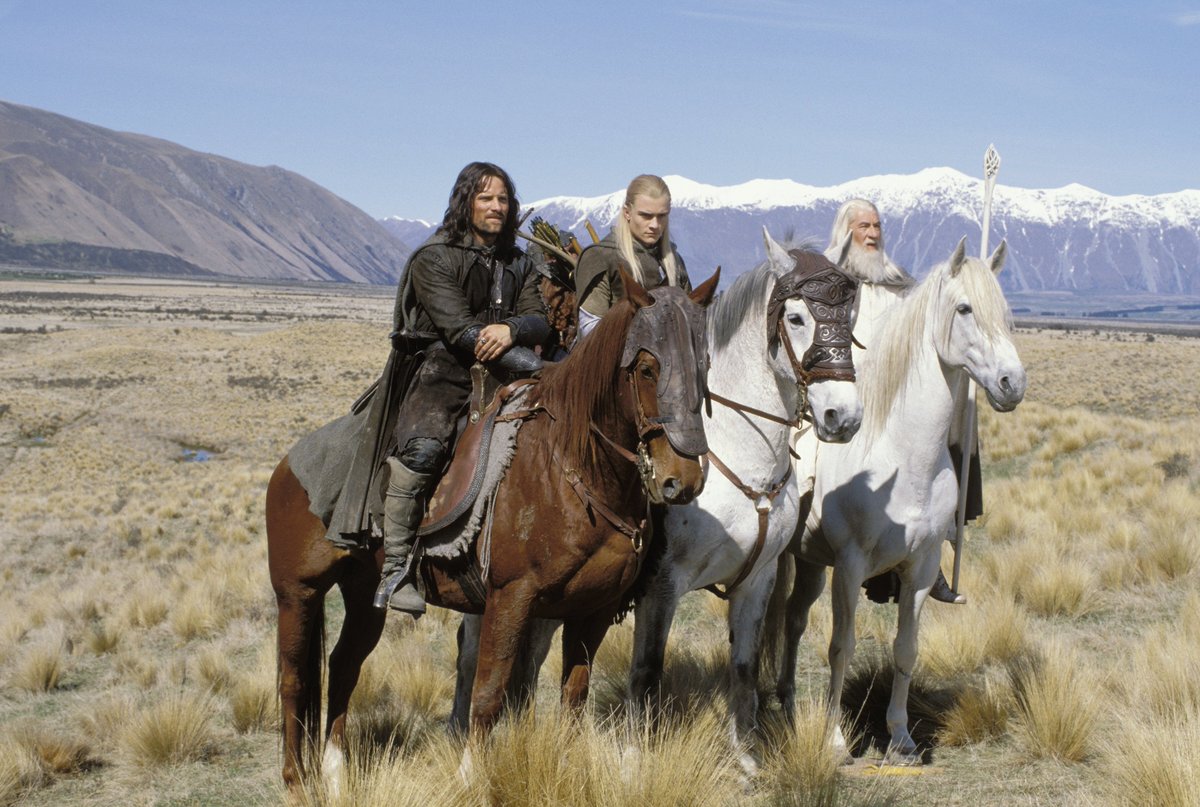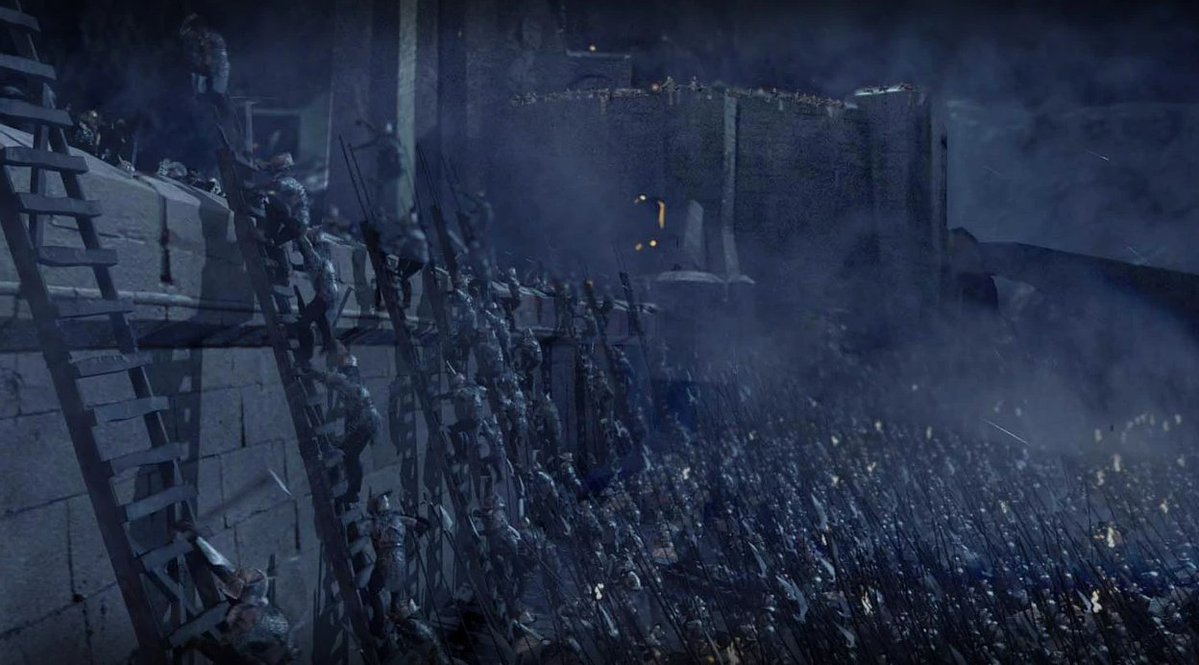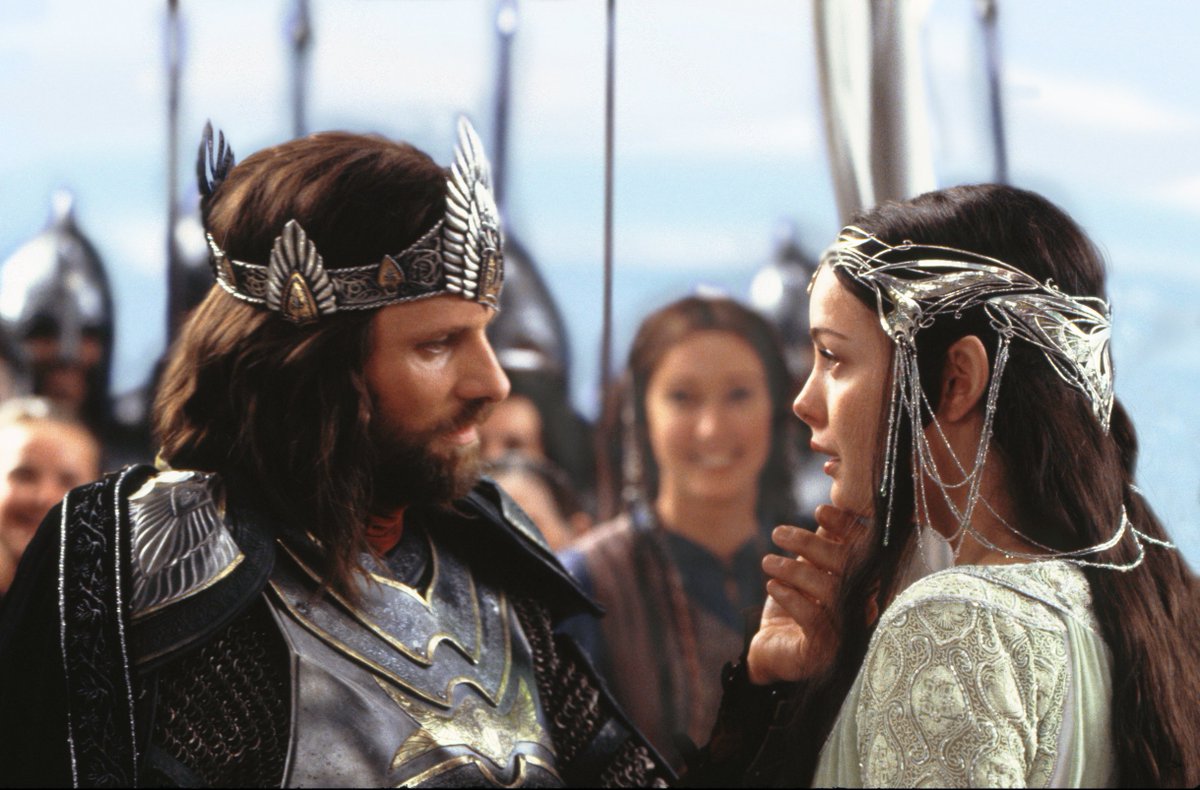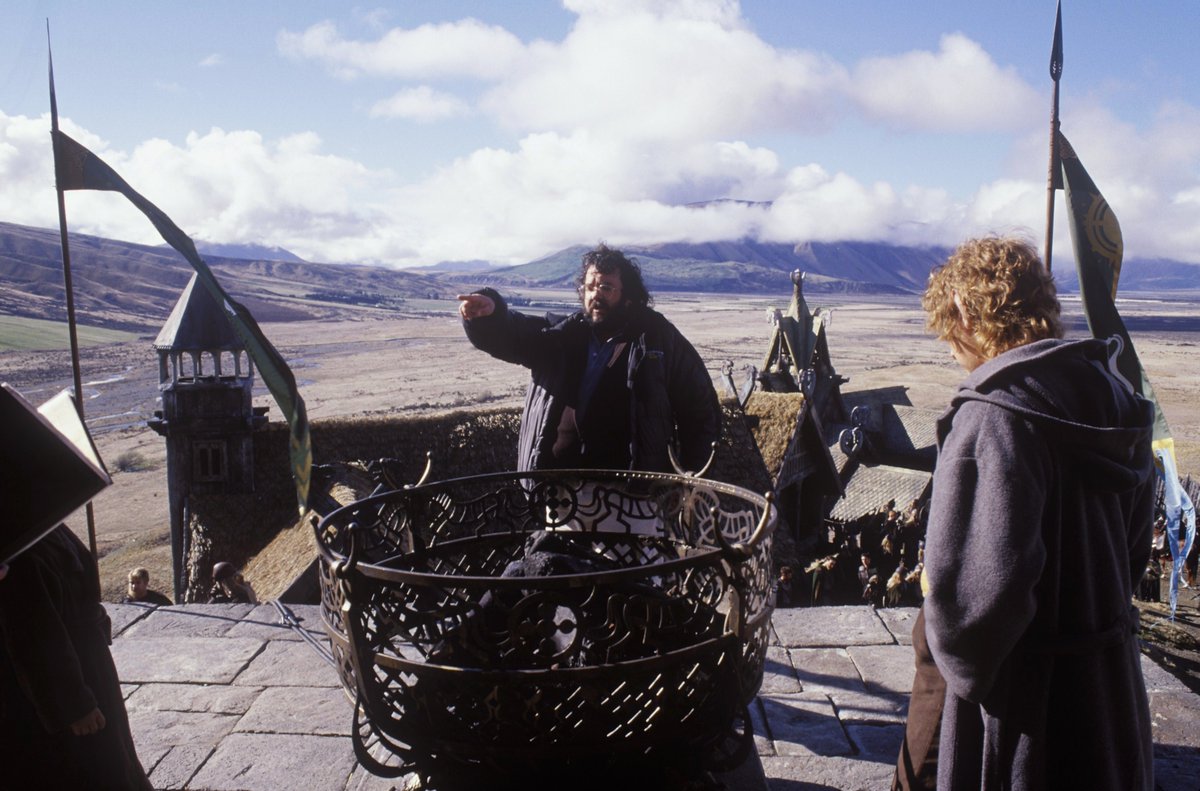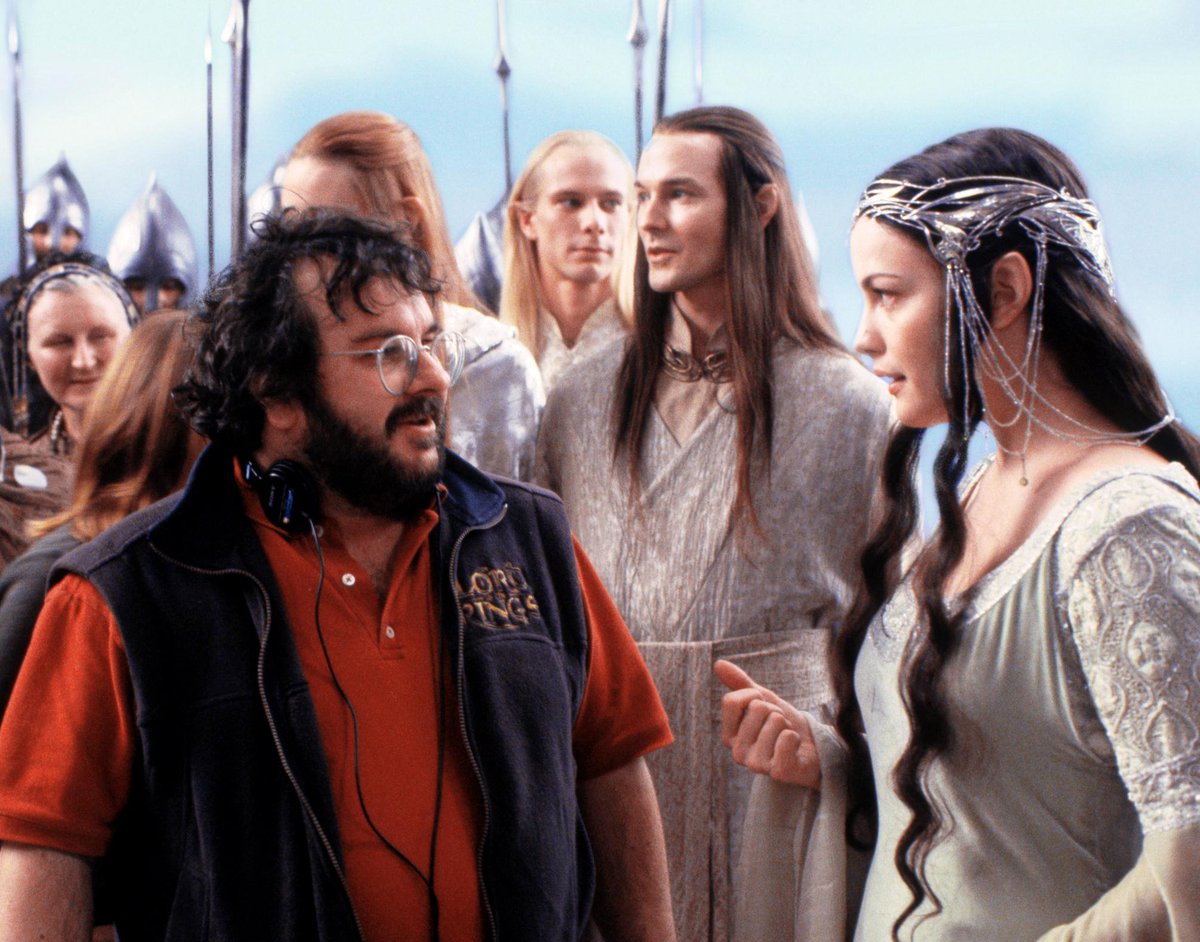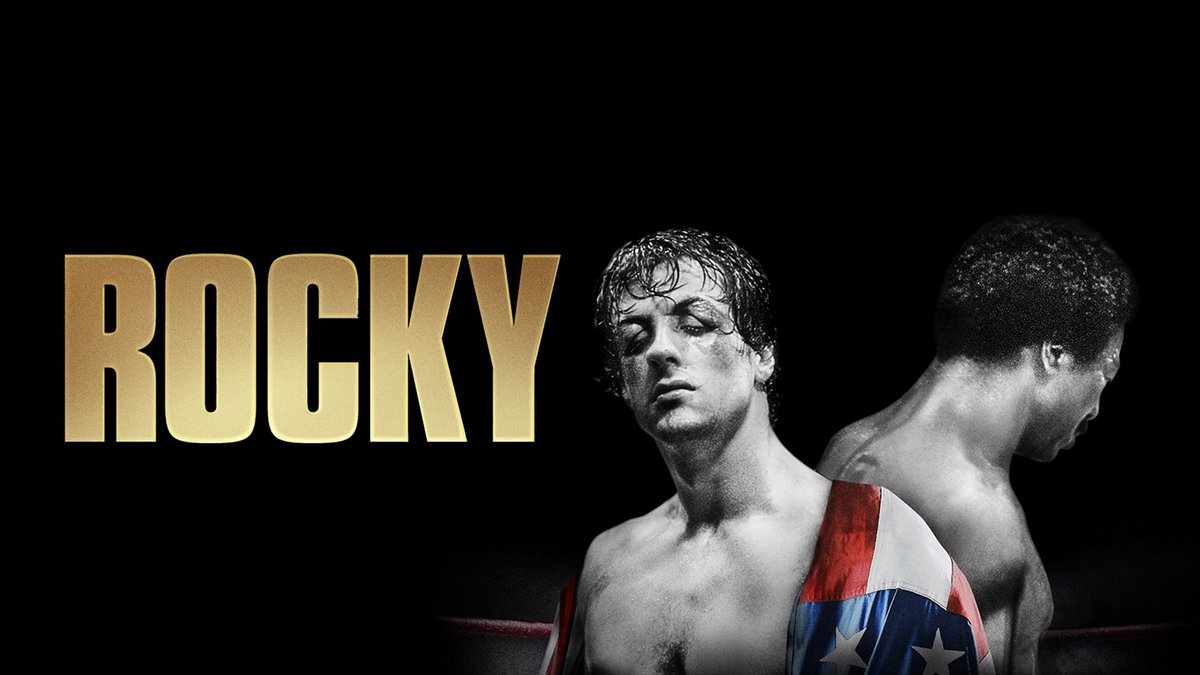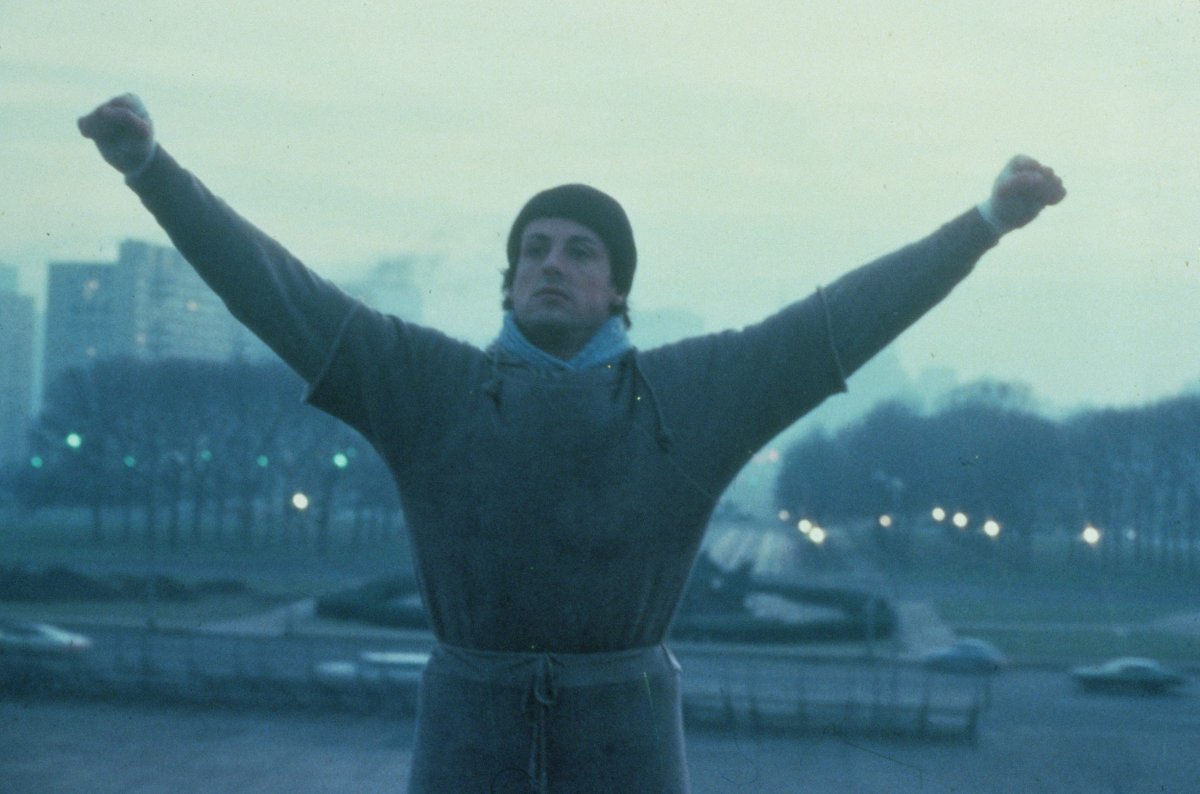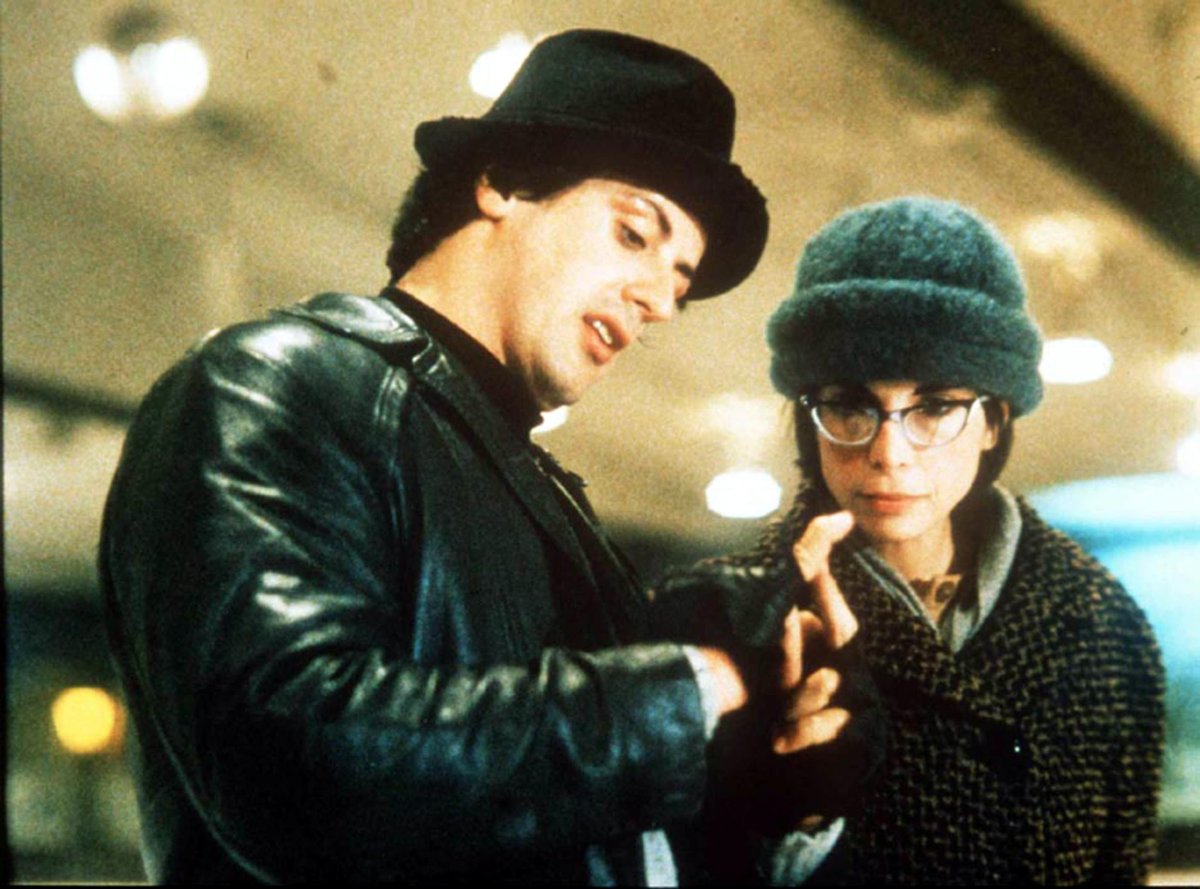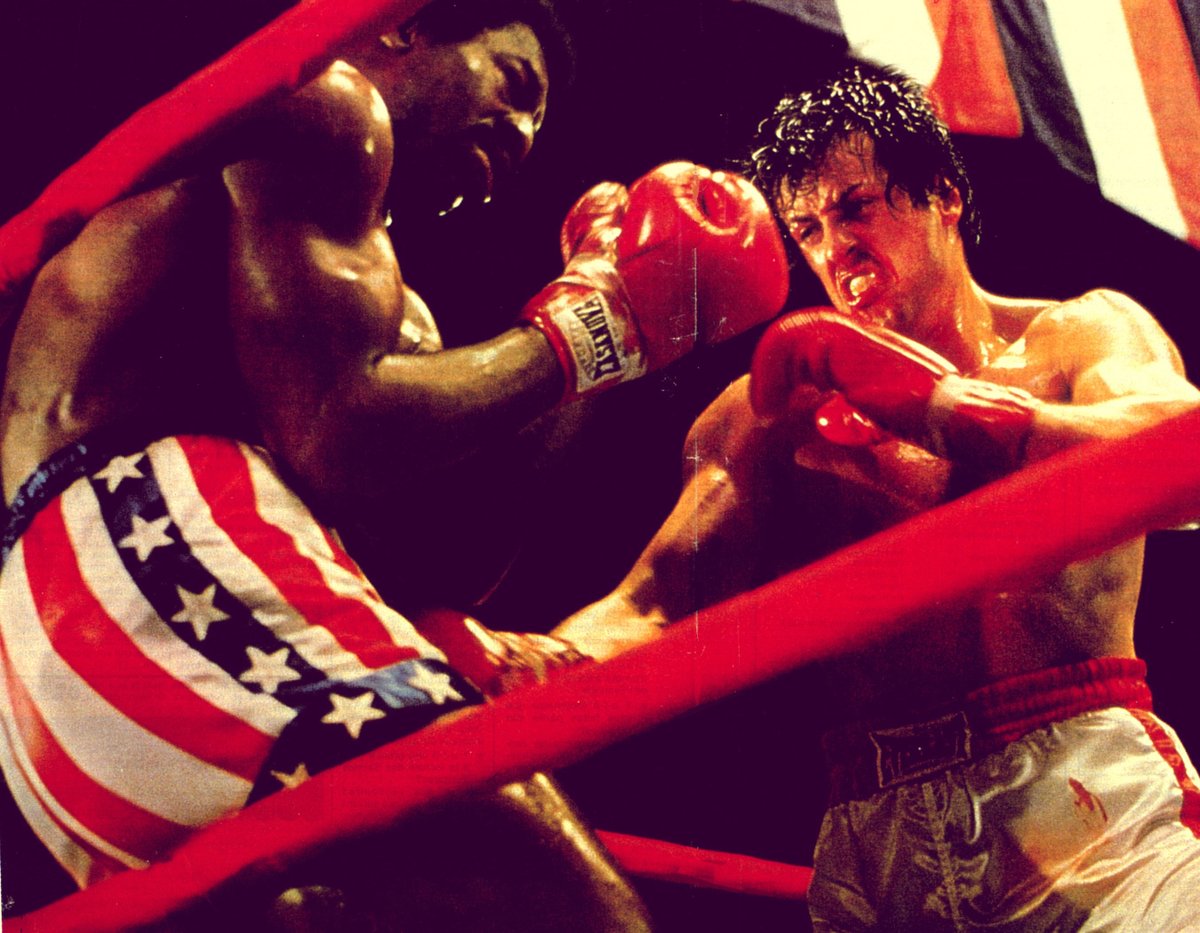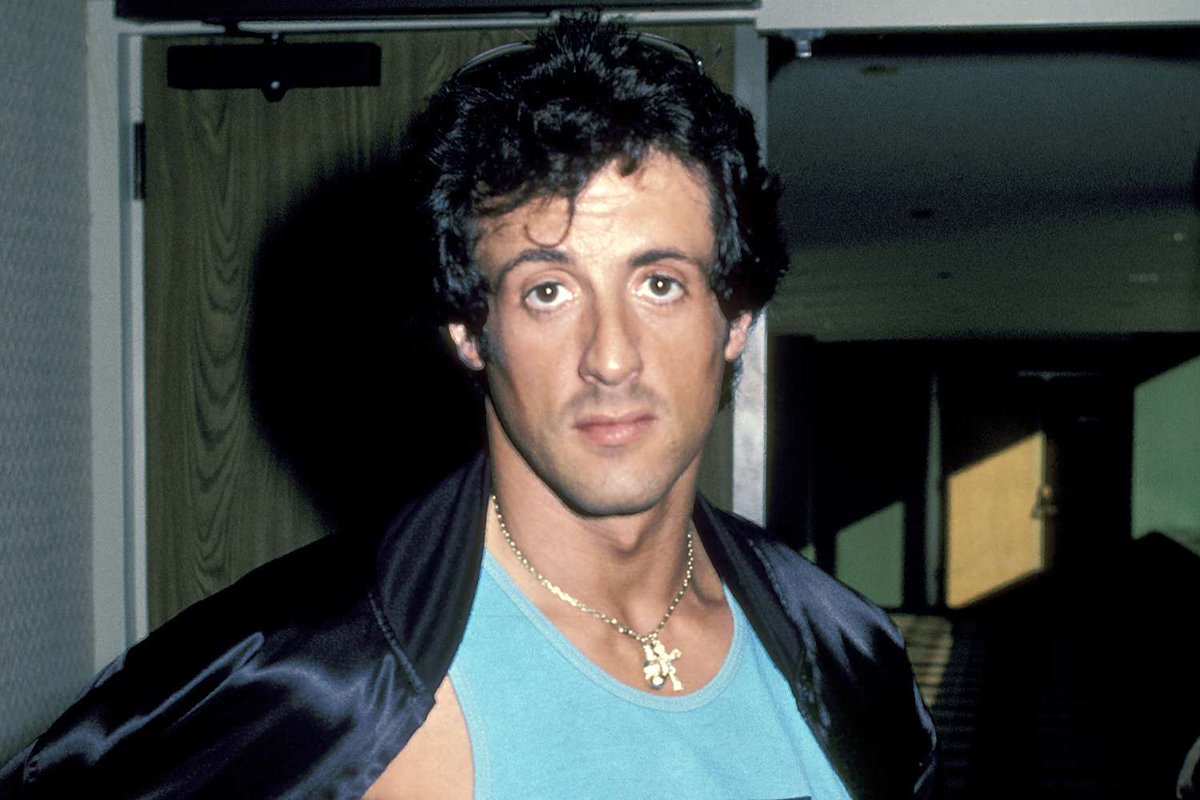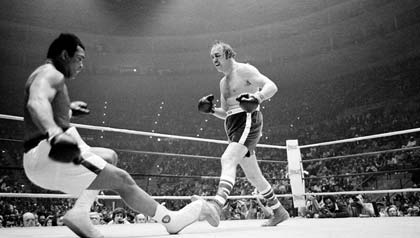SAVING PRIVATE RYAN was released 25 years ago today. Acclaimed as one of the greatest and most realistic depictions of WWII warfare, the behind the scenes tale is worthy of Steven Spielberg's classic war movie…
A THREAD
1/36




A THREAD
1/36



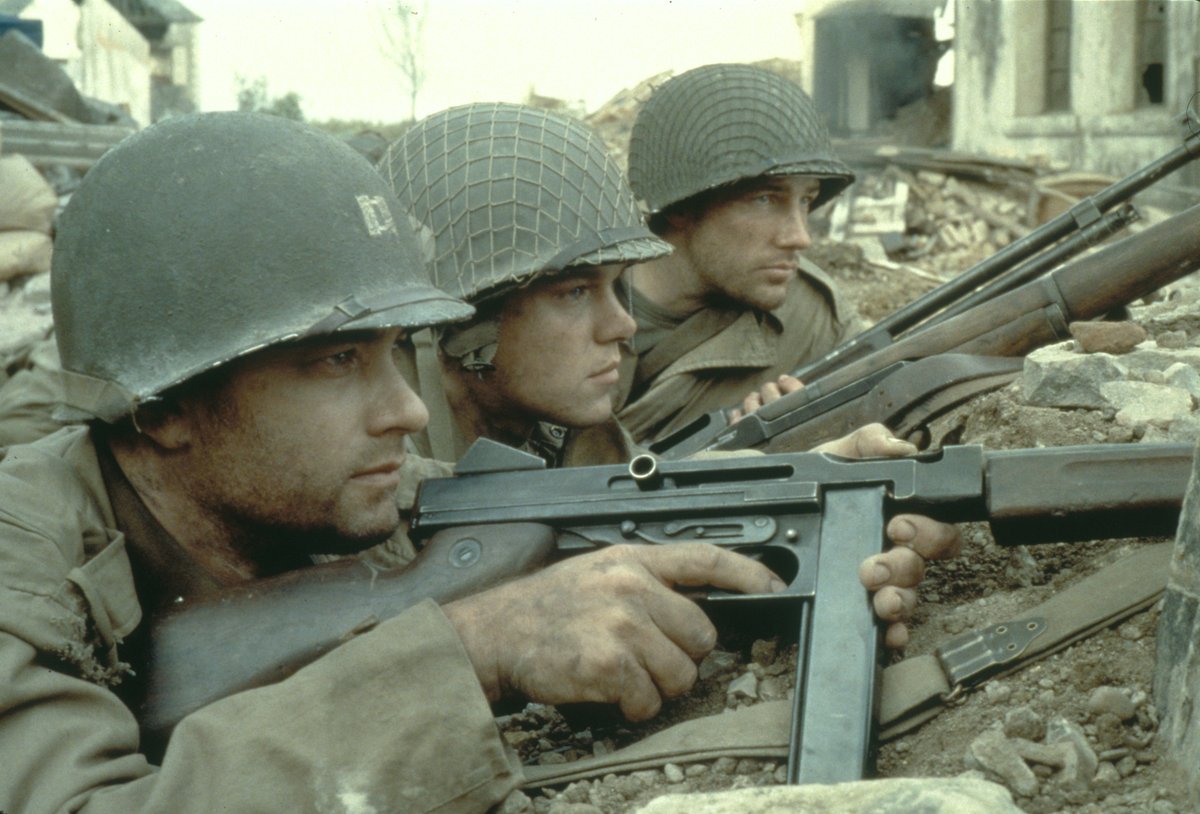
In 1994, writer Robert Rodat received a gift from his wife: Stephen Ambrose’s D-Day June 6, 1944: The Climactic Battle of World War II. He was interested in writing a script and, visiting Tonawanda cemetery in New York, came across a monument that inspired him further.
2/36


2/36


The monument was to the Niland Brothers – 4 young American men who fought in the Second World War. When three of the Nilands were reported KIA, the surviving brother, Fritz, was sent home. (It turned out one of the brothers was alive and held captive in a Burmese POW camp).
3/36


3/36


Producers Mark Gordon and Gary Levinsohn took Rodat’s initial draft to Paramount. They hired Rodat to develop it over 12 months. According to reports, Michael Bay was approached to direct but said he didn’t know what to do with the material.
4/36



4/36



The script was given to Tom Hanks who loved it and was immediately interested. He and Steven Spielberg had been talking about collaborating for some time so he showed him the script.
5/36


5/36


Spielberg’s father, Arnold, fought in WWII. It was that which interested Steven in the script. Spielberg’s first idea was about making a Boy’s Own Magazine type adventure. When he started interviewing veterans, however, Spielberg wanted to show the realism of warfare.
6/36



6/36



The lead is Captain John Miller, and despite Hanks’ involvement, the studio reportedly discussed Mel Gibson and Harrison Ford with Spielberg as possible Millers. Spielberg always wanted Hanks, however, and he was quickly cast.
7/36



7/36



In casting the titular Private Ryan who needs saving, Spielberg considered Ethan Hawke and Neil Patrick Harris. Reportedly, Edward Norton was offered the part but declined to star in American History X instead.
8/36




8/36




Spielberg was keen on an unknown actor playing Ryan and was introduced to Matt Damon by Robin Williams. However, between being cast as Ryan and the film being released, Damon starred in Good Will Hunting and was very well known by the time Saving Private Ryan was released.
9/36


9/36


Billy Bob Thornton declined playing Horvath due to a water phobia, so Spielberg went to Tom Sizemore. Sizemore was about to be cast in The Thin Red Line so Spielberg said “Do you want to go to Australia with Terry Malick or Great Britain and Ireland with me and Tom Hanks?”
10/36


10/36


Sizemore had a history of drug addiction, and Spielberg cast him on condition he pass regular drug tests during the shoot. He said if Sizemore failed a test, he’d be fired and Spielberg would replace him and re-shoot all of his scenes.
11/36



11/36



Spielberg cast Vin Diesel as Caparzo after seeing Vin Diesel’s film Multi-Facial – a short about the difficulties of an ethnic actor finding work in Hollywood. He called it “That was the most bizarre form of recruitment I’ve ever experienced.”
12/36



12/36



Rodat’s screenplay went through 11 drafts, requested by the studio. This brought in Miller’s backstory of being a school teacher who wanted to get home to his wife. The characters of Mellish, Caparzo and ‘Steamboat Willie’ came later on too.
13/36



13/36



When Spielberg came in, he hired Frank Darabont to do uncredited rewrites. It was Darabont’s idea for the Omaha Beach scene to begin as the second wave of soldiers arrive – so they would be walking into "Hell on Earth" instead of an empty beach.
14/36


14/36


Spielberg’s longest collaborator, John Williams, composed the score. Spielberg and Williams watched the film together and decided what scenes should have music – Spielberg often chose to score the visuals with no music. Williams said he avoided anything “too grandiose.”
15/36


15/36


Spielberg chose to shoot everything in the film in chronological order, not a typical practice as it can be more costly. He wanted the actors to go on their journey as the characters do, so when Ryan comes in he is the new guy to the production as well as the story.
16/36




16/36




Spielberg had the cast take part in a 10-day boot camp to learn to be a military unit. Hanks had done the same on Forrest Gump so knew how hard it would be. After a few days, there was apparently a vote among the actors to leave the camp, but Hanks overruled them.
17/36


17/36


Damon was exempted from the training by Spielberg because to create some resentment between the other cast members and Damon that he was being let off easy, which is reflected the film.
18/36


18/36


The former military officer who ran the training camp was called Dale Dye. He has a cameo in the film too – he plays one of General Marshall’s aides in the scene with the Bixby letter mentioned below.
19/36
19/36
DP Janusz Kaminski set the camera shutters to a 90 and 45 degree instead of 180, making the image sharper. When the film was processed, Kaminski had it run through the developer more than usual to achieve a washed out look. This saturated the colour by about 50-60%.
20/36



20/36



Spielberg later said, “[Kaminski’s] idea delivered a fantastic visual, and the film looks freakin’ great for it.” Words backed up by our SnapShot compilation video…
21/36
21/36
The D-Day beach sequence was a huge undertaking. Shot over 4 weeks on Ballinesker Beach, Ireland. The budget for the film was $70m, and this sequence alone $12m. It took 61 days to shoot the film, and 25 of those were just on this sequence.
22/36




22/36




To create a realistic chaos, Spielberg didn’t storyboard any of the sequence and we see over 1000 extras. They were made up of real amputees for shots of people with limbs missing. Also, local WWII re-enactment groups were cast in the sequence.
23/36
23/36
Gunfire sound effects were recorded from real WWII weapons. Two of the landing craft were actually used in World War II. Forty barrels of fake blood were used. And 17,000 bullet squibs were used.
24/36
24/36
After the film came out, The Department of Veterans Affairs in America set up a number veterans could call who were traumatized by the opening sequence. And historian Stephen Ambrose asked for his screening to be stopped 20 mins in as he found it difficult to watch.
25/36


25/36


James Doohan – Scotty in Star Trek - served in the Canadian military and was part of the D-Day invasion. He was hit by six rounds from a German machine gun and lost the middle finger on his right hand. He praised the film for the realism of the sequence.
26/36


26/36


General Marshall reads a letter from Abraham Lincoln to a woman called Lydia Bixby in 1864 she lost 5 sons in the Civil War. The letter is real, though historians now say evidence suggests only 2 of Lydia Bixby’s sons died. At least 2 of the others may have deserted.
27/36



27/36



One of the key moments in Miller’s arc is his “That’s my mission” speech. In the script, the speech was a lot longer but Hanks felt that his character wouldn’t like talking about himself so said to Spielberg they should shorten it. Spielberg agreed, and they cut it down.
28/36
28/36
Matt Damon also has a monologue when Ryan talks to Miller about his brothers and Alice, a girl who “hit every branch on the ugly tree”. The monologue wasn’t in the script – Damon ad-libbed it on the set. Spielberg liked it, so kept it in.
29/36
29/36
The film climaxes with the Battle at Ramelle. Ramelle isn’t a real place and the battle was created for the film. It was fictional but inspired by a real-life battle that took place in a town called La Fiere three days after Normandy.
30/36
30/36
The huge set for Ramelle was built at an abandoned airfield in Hatfield, England. It was the same set used for the French village we see earlier in the film – Neuville-au-Plain – shot from different angles. Spielberg had a model constructed to allow him to plan shots.
31/36


31/36

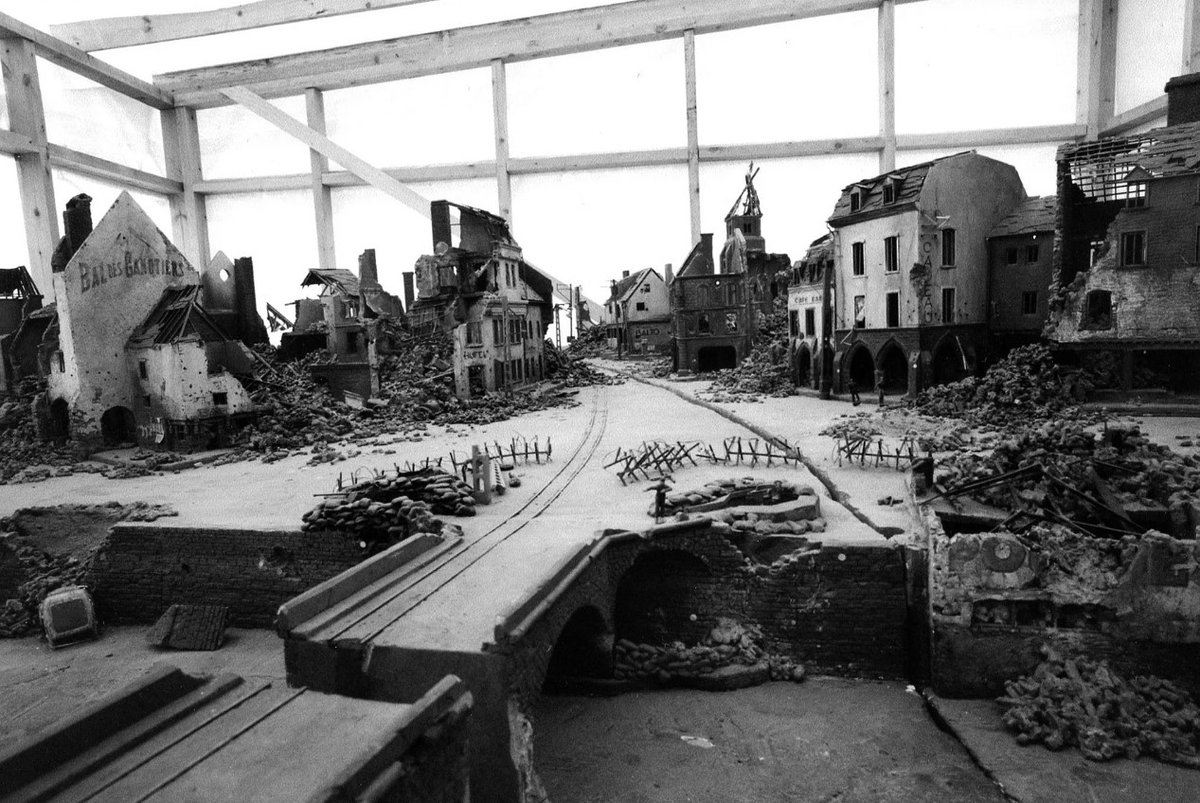
The older Ryan we see was played by Harrison Young. He was cast because of his likeness to Matt Damon. It is rather striking…
32/36


32/36


In the novelisation of Saving Private Ryan by Max Allan Collins, the closing includes a lot more dialogue. In one of those lines of dialogue, Ryan calls his wife “Alice” suggesting he married the girl from his story at Ramelle.
33/36


33/36


Having finally won a Best Director Oscar in 1994 for Schindler’s List, Spielberg won his second Best Director Oscar for Saving Private Ryan. The film missed out on Best Picture to Shakespeare in Love, which took home 7 awards.
34/36
34/36
Also, in 2006, Tom Hanks was inducted into the US Army’s Ranger Hall of Fame as an honorary member, largely because of his participation and performance in Saving Private Ryan.
35/36


35/36


Saving Private Ryan was a huge hit. On a $70m budget it grossed $483.2m, the biggest for a World War II movie at the time. Over the years it has grown to be regarded as one of the great war movies of all time.
36/36




36/36




If you liked this thread, please RT the first tweet…
https://twitter.com/ATRightMovies/status/1683408426230067200?s=20
Our latest podcast is on THE GODFATHER PART II. Full of big laughs and opinions so please give it a listen 😃
alltherightmovies.com/podcast/the-go…
alltherightmovies.com/podcast/the-go…
• • •
Missing some Tweet in this thread? You can try to
force a refresh



